Why Is My Monstera Not Growing Split Leaves?
If your Monstera leaves aren't splitting, there could be several ways to fix the problem. Here's how to get that lovely Swiss cheese look.
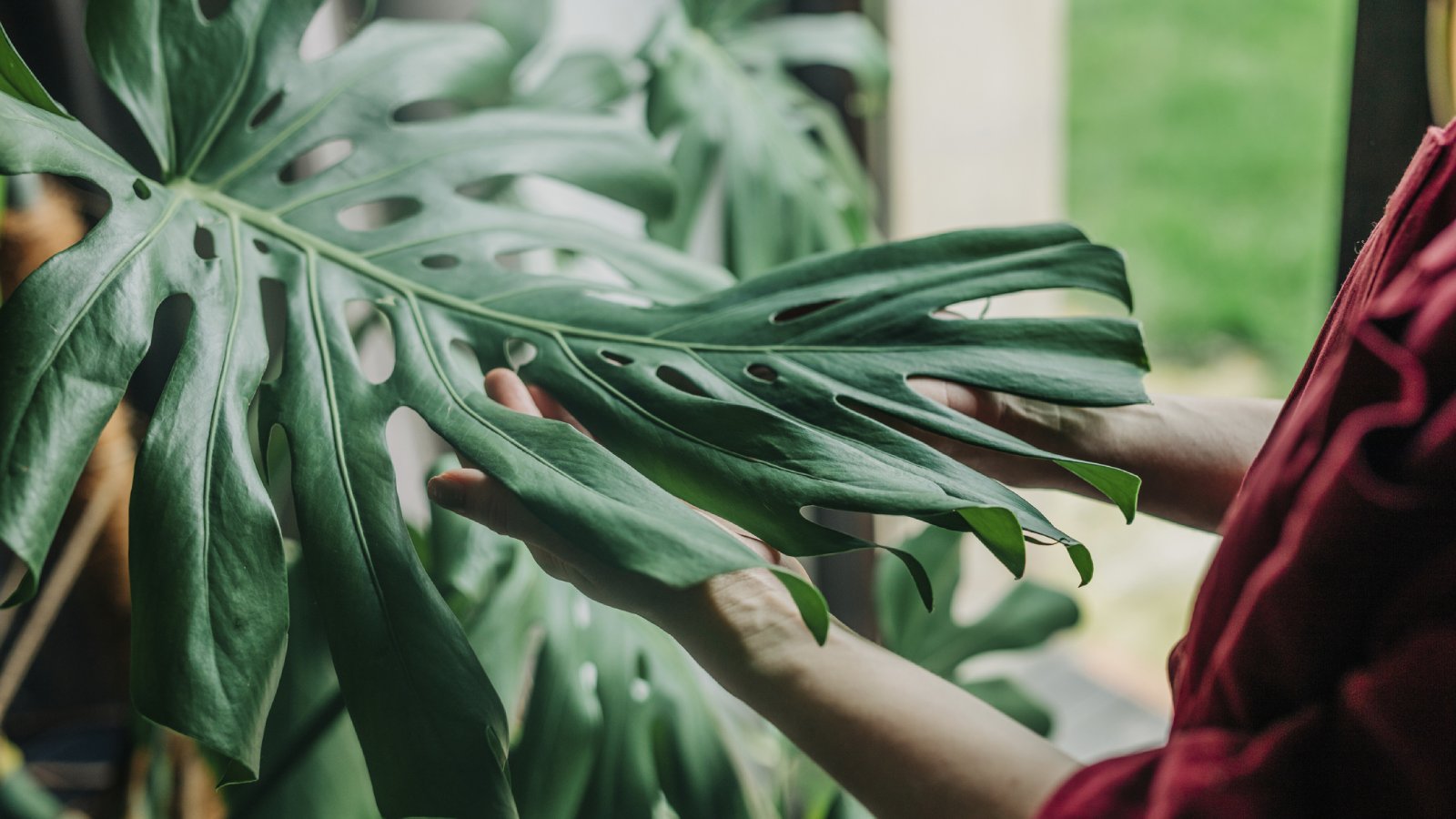

In spite of ideal care and location in the home, you may notice your Monstera leaves are not splitting. This splitting feature is one of the most sought-after in this genus of ornamental foliage plants. The stained glass effect is hugely appealing, making the large leaves unique and attractive.
Why Is My Monstera Not Growing Split Leaves?
Why do some Monstera leaves not split? Not all species in this group produce split leaves, an effect called “fenestrating.” The plant's age and other factors could also cause Monstera leaves to not develop holes.
1. Species
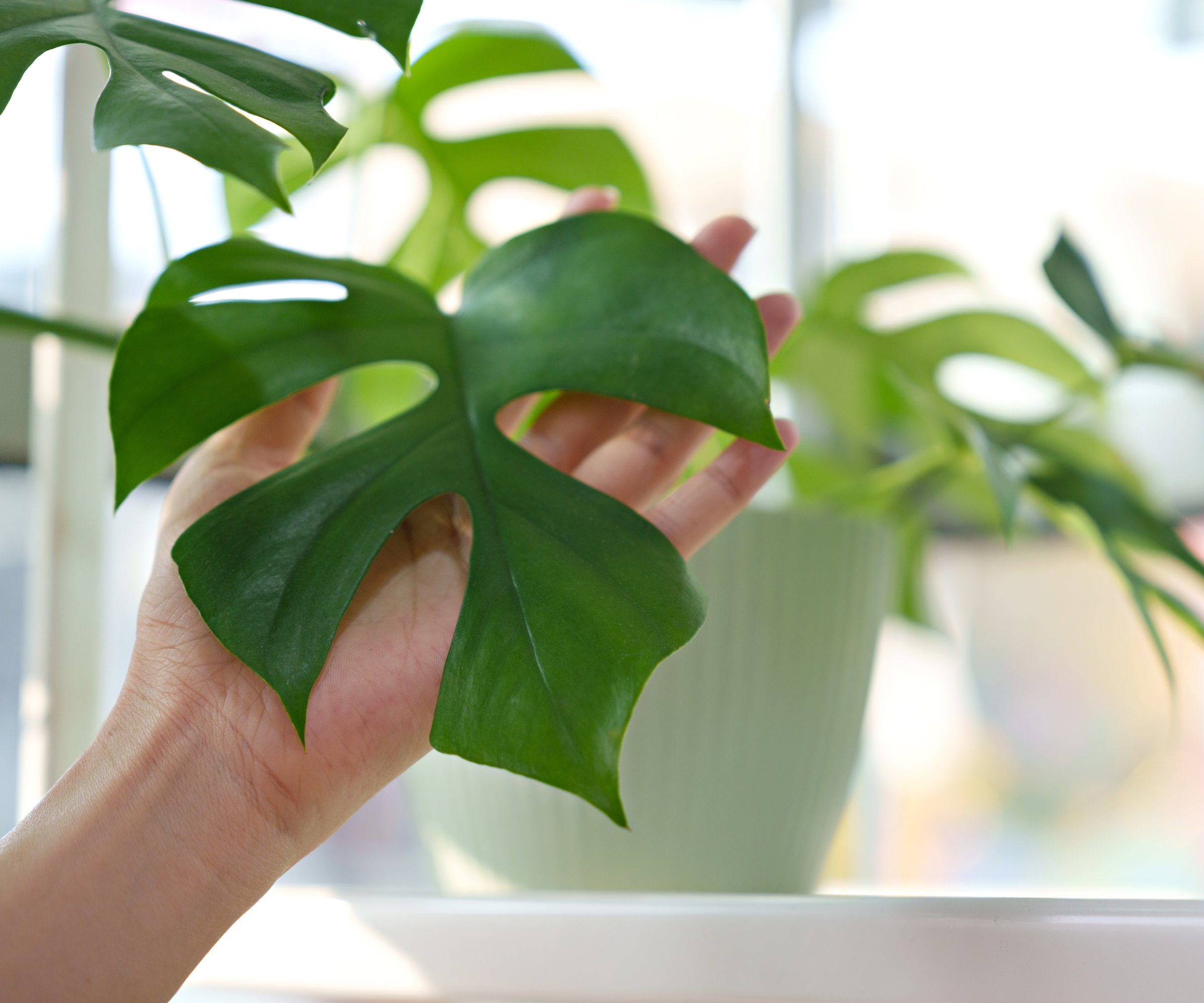
Monstera standleyana and Monstera Peru plants do not fenestrate or split. Monstera deliciosa is one of the more common houseplants in the genus and is also known as Swiss Cheese plant due to the holes in the foliage. Adanson’s Monstera is another common form that also gets the splits in the leaves. This plant is smaller than M. deliciosa and has elongated holes rather than perforated leaves. Many cultivars such as Variegata and Borsigiana will also get splits, while other species may not get the same effect in their foliage.
2. Inadequate Light
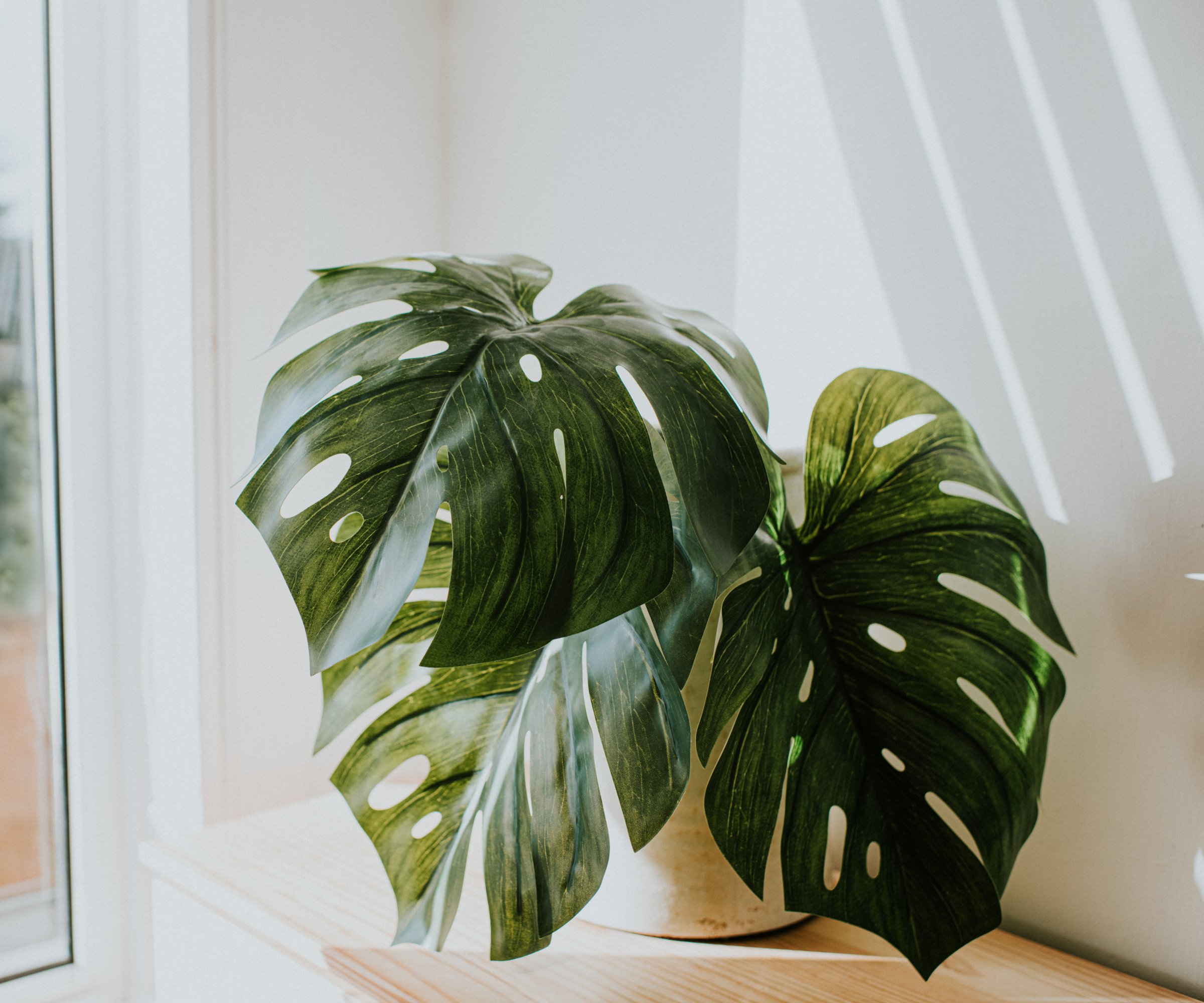
Monstera plants are native to Central and South America where they occur in tropical rainforests. The plants thrive in the dappled light afforded by a thick tree canopy but they do need adequate light. While you might think low lighting is the right situation for your plant, Monstera prefers bright, indirect light in the home.
If you find Monstera leaves not splitting your plant may be in too dim a location. Move the plant to a bright window with filtered light, or supplement its light with an artificial plant bulb. Especially in late fall and winter, the plant needs brighter light.
3. Immaturity
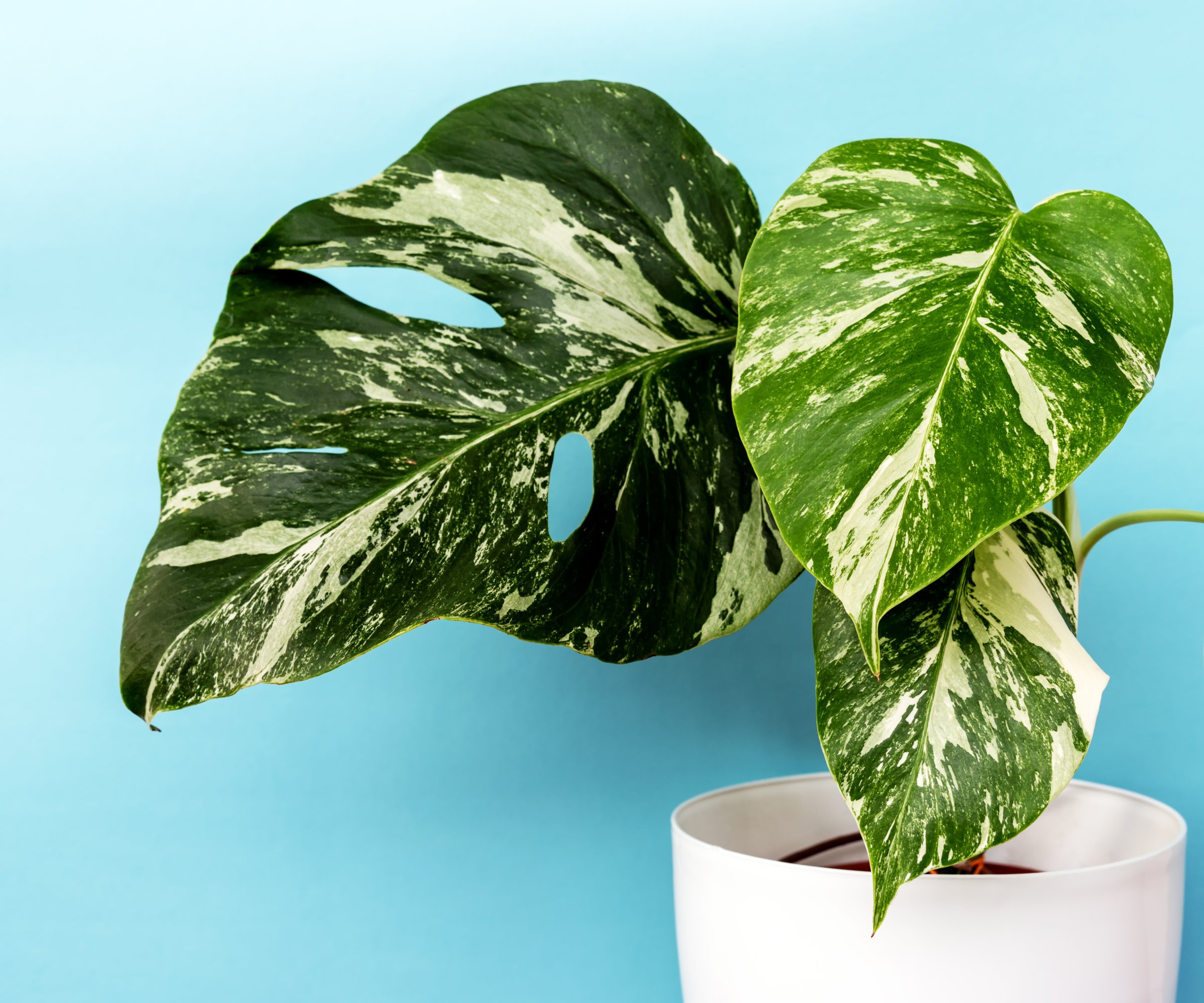
When do Monstera leaves split? Monstera leaves don’t begin to split until the plant is 2 or 3 years old. If you’re wondering why a Monstera is not growing split leaves, your plant may simply not be old enough. Additionally, new leaves come in whole and heart-shaped, so these leaves will need to mature before they begin to split. Once the leaves grow 10-13 inches (25-33 cm) they should start to show the classic slits in the leaf.
4. Inadequate Water
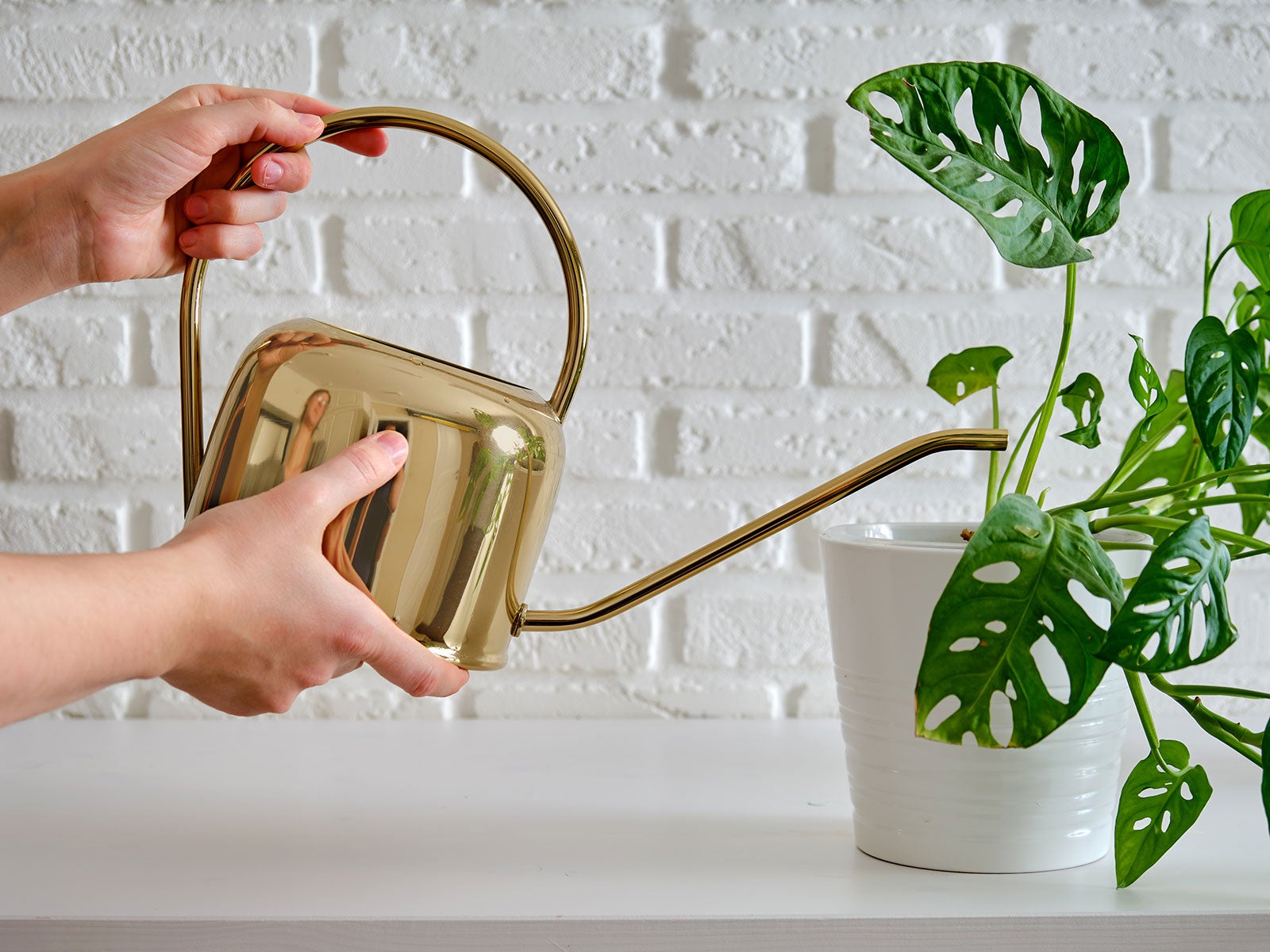
All species of Monstera require moist, well-draining, organic, rich soil. If the plant is not receiving enough water its overall health will fail and leaf production will slow. Leaves may become more fragile and actually tear rather than develop the splits. The splits are a response to a genetic code, while tears are the result of poor care. Torn leaves will be discolored and delicate.
Gardening tips, videos, info and more delivered right to your inbox!
Sign up for the Gardening Know How newsletter today and receive a free copy of our e-book "How to Grow Delicious Tomatoes".
To make sure the plant is getting enough water, use a moisture meter or manually monitor the surface of the soil. When the top couple of inches (5 cm) feel dry to the touch, it is time for water. Water the plant until it pours from the drainage holes to leach the soil of excess salts.
Monstera also requires high humidity. Mist the leaves or place the container in a saucer filled with pebbles and water to raise humidity through evaporation.
5. Inadequate Fertilizer
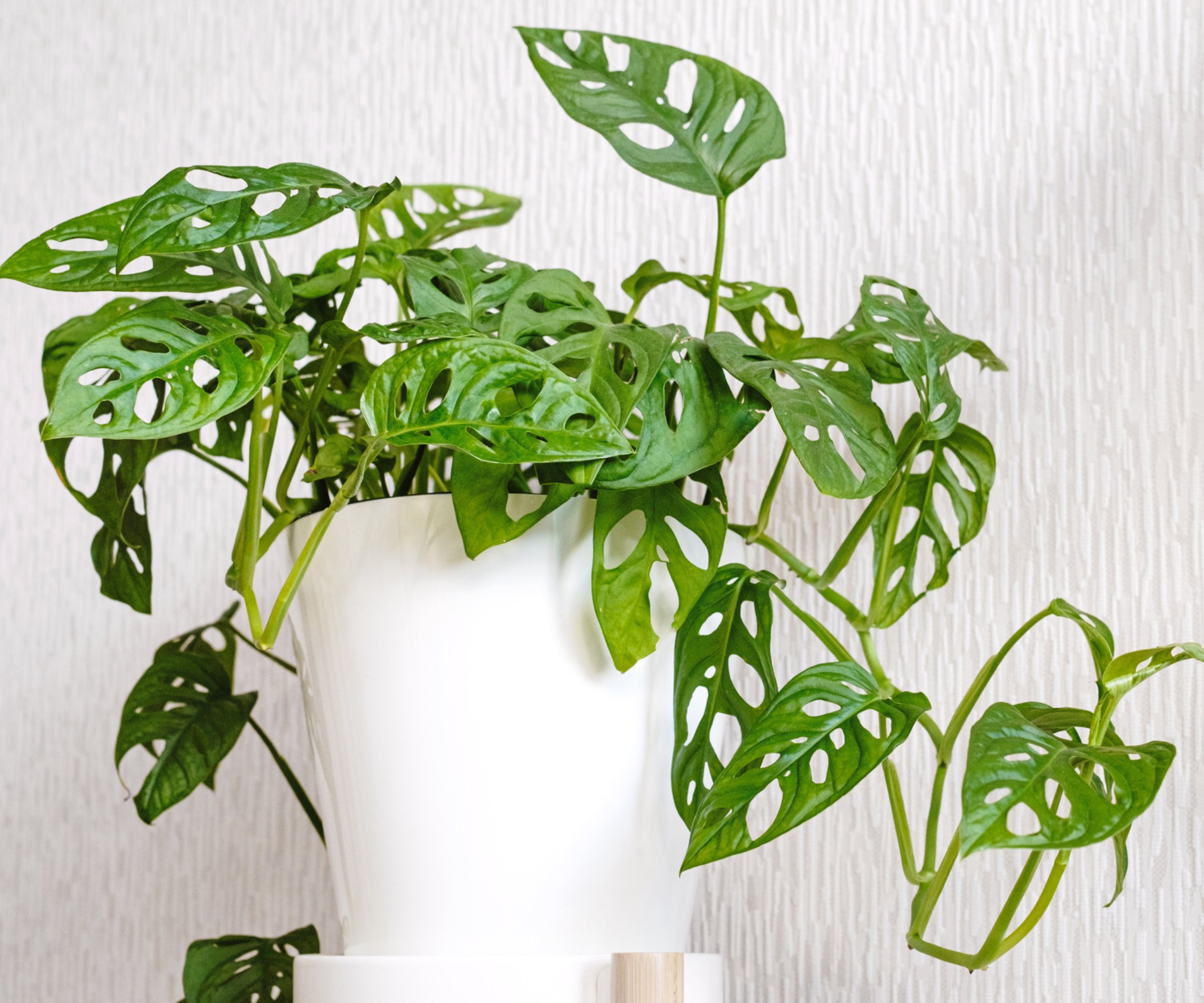
These plants grow most actively in the spring and summer. This is when they need supplemental feeding. A good liquid houseplant fertilizer is ideal. Because this is primarily a foliage plant, select a formula with a higher first number, which indicates the amount of nitrogen in the plant food.
You may fertilize every 2 weeks with the liquid fertilizer diluted by 1/4. In the fall and winter, the plant only needs to be fertilized once per month if at all. For an organic solution, use coffee grounds in the soil, since a Monstera prefers slightly acidic soil which the grounds will supply.

Bonnie Grant is a professional landscaper with a Certification in Urban Gardening. She has been gardening and writing for 15 years. A former professional chef, she has a passion for edible landscaping.
-
 Looking For Plants To Give You The Soft And Fuzzies? Try These 5 Fuzzy Leaf Plant Options
Looking For Plants To Give You The Soft And Fuzzies? Try These 5 Fuzzy Leaf Plant OptionsLovers of texture, drama, silver foliage and tactile plants will adore these special sensory garden additions. These fuzzy leaf plant options will leave you all aglow
By Susan Albert
-
 Get Ready For A Summer Of Hummers! Grow These Full Sun Hummingbird Plants and Flowers
Get Ready For A Summer Of Hummers! Grow These Full Sun Hummingbird Plants and FlowersIf you’re lucky enough to enjoy a sunny backyard, make sure you are maxing out on your pollinator opportunities and grow these full sun hummingbird plants and flowers
By Tonya Barnett
-
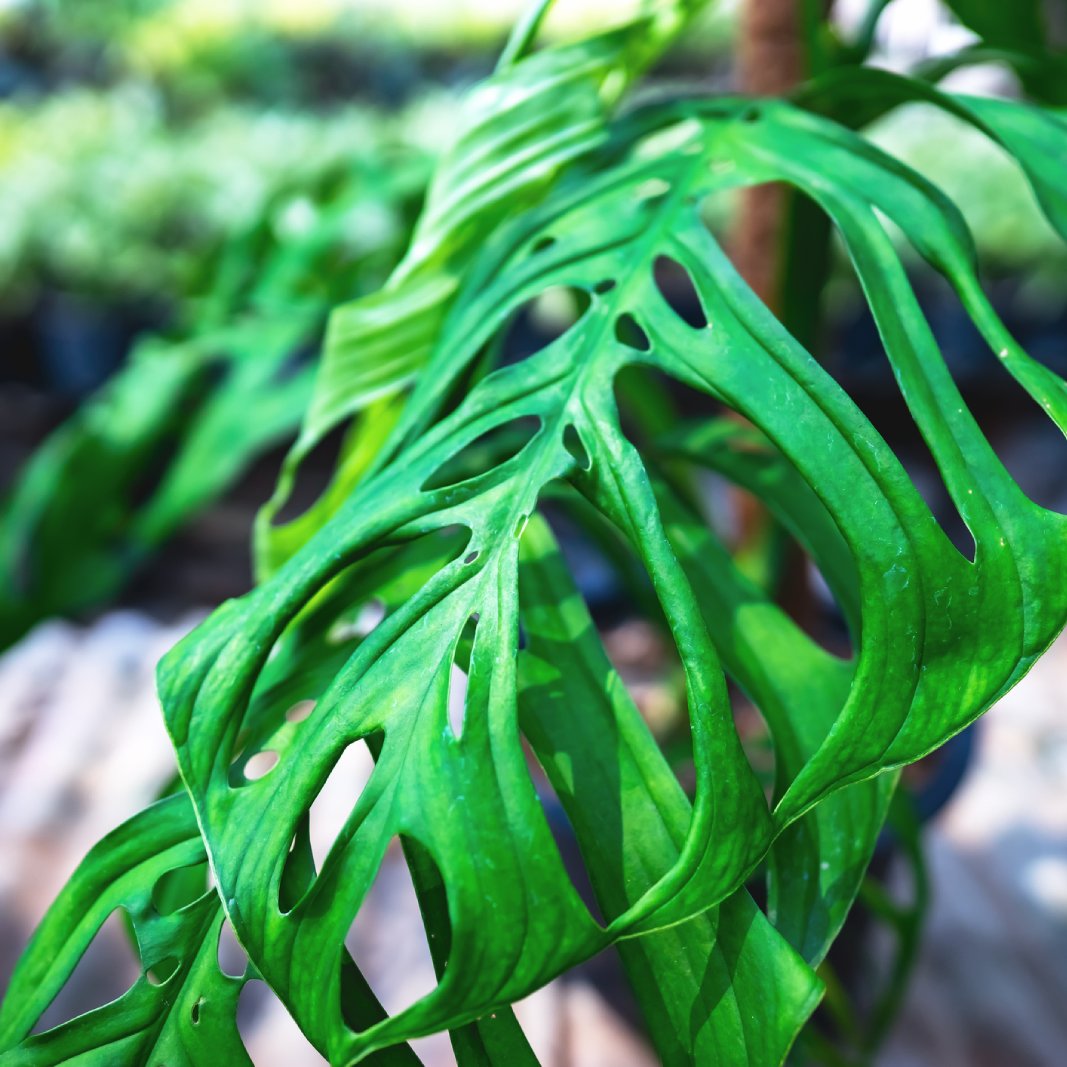 Monstera Esqueleto Care Guide
Monstera Esqueleto Care GuideMonstera esqueleto is a high-drama houseplant with natural holes in its leaves. It loves to climb and enhance your living space with its big evergreen presence.
By Susan Albert
-
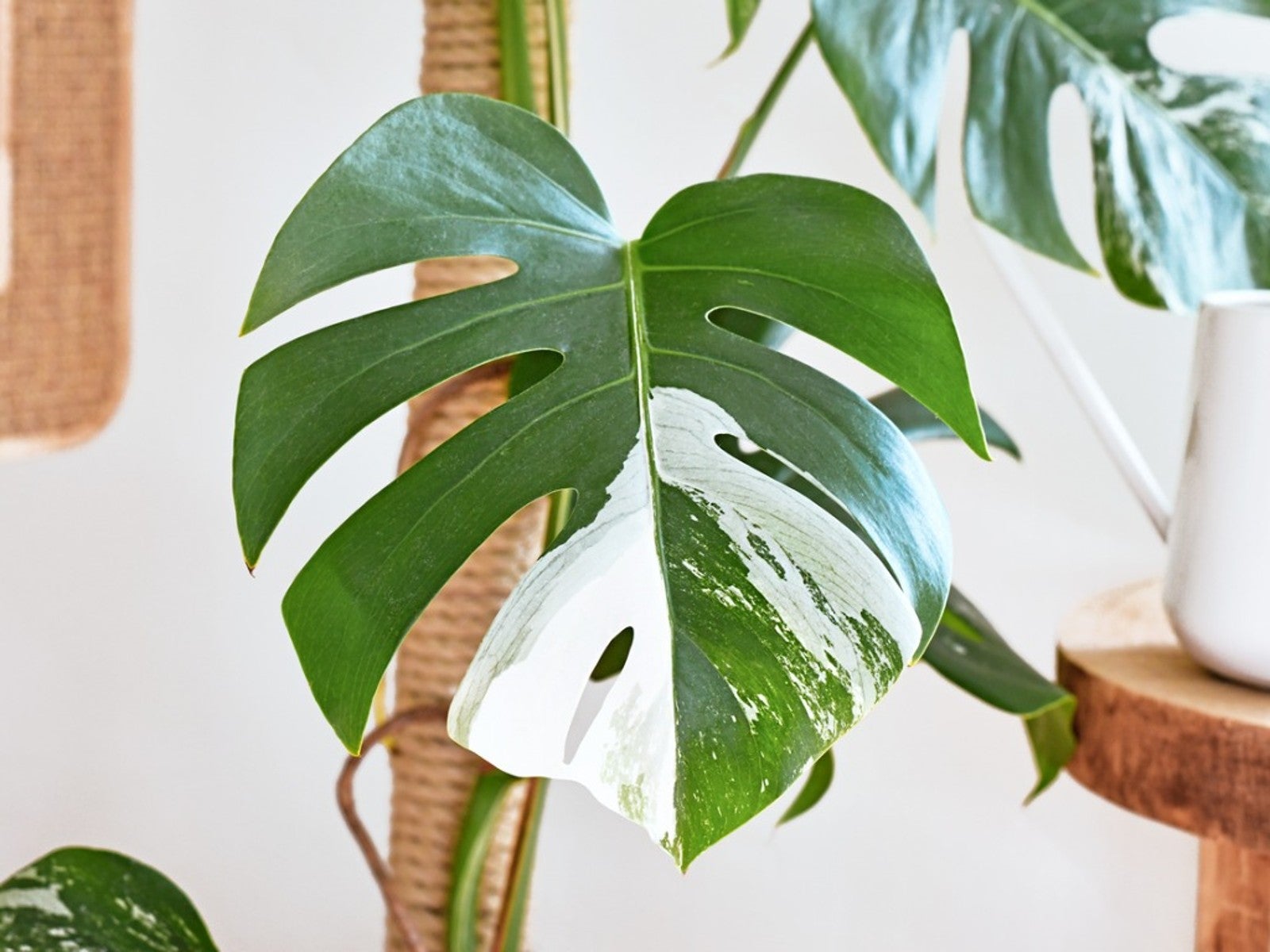 Variegated Monstera Plant Varieties To Grow Indoors
Variegated Monstera Plant Varieties To Grow IndoorsMonstera are tremendously popular houseplants. Especially the attractive variegated Monstera deliciosa. Click to find out more.
By Bonnie L. Grant
-
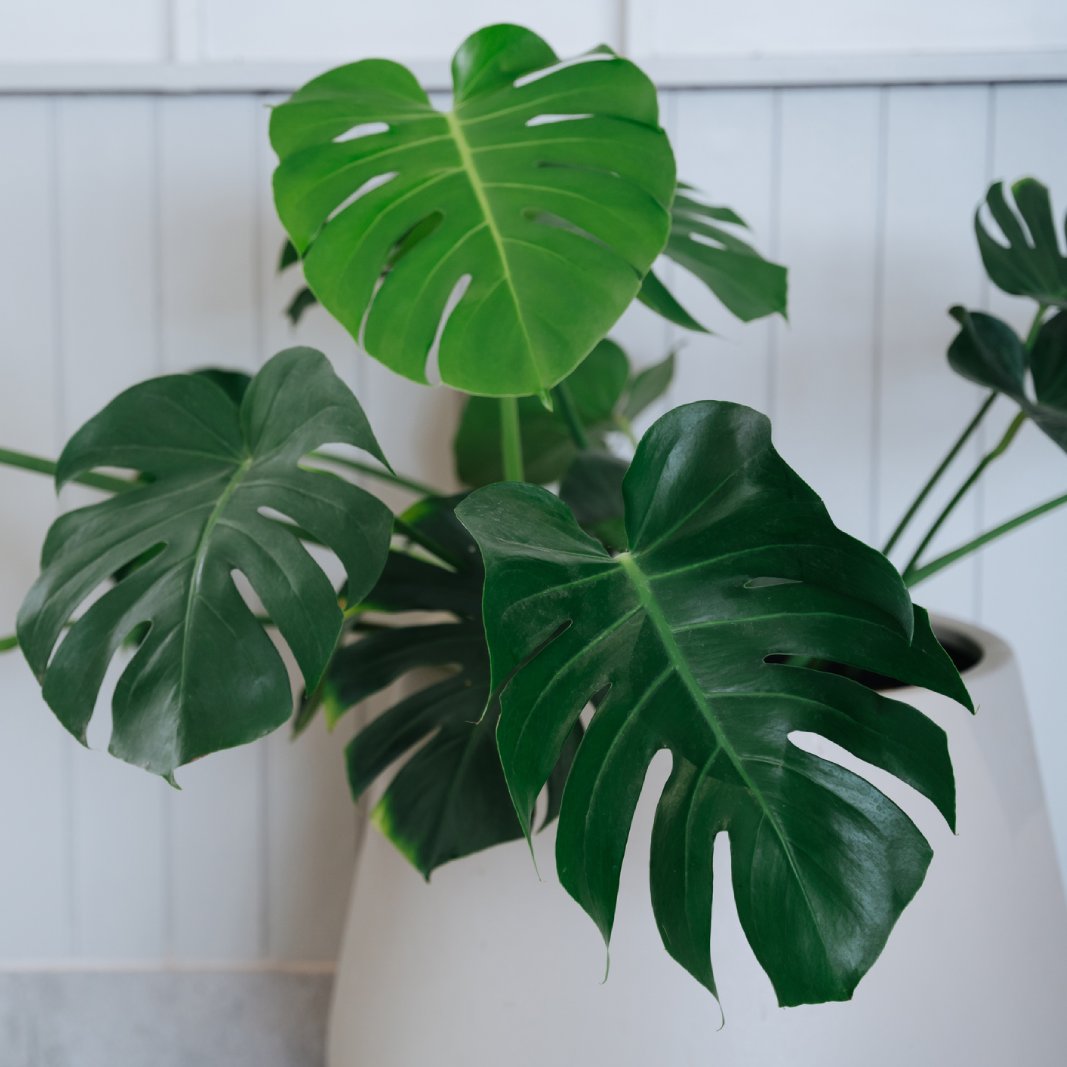 7 Types Of Monstera Every Plant Lover Should Have In Their Collection
7 Types Of Monstera Every Plant Lover Should Have In Their CollectionWith their deep leaf splits and wild variegation, monsteras are real show-stopping houseplants. Here are seven of our favorites.
By Teo Spengler
-
 Learn What To Do With A Leggy Monstera
Learn What To Do With A Leggy MonsteraLeggy monstera can be rehabilitated with a little know how. Pruning leggy monstera isn't difficult. Click here to find out more.
By Bonnie L. Grant
-
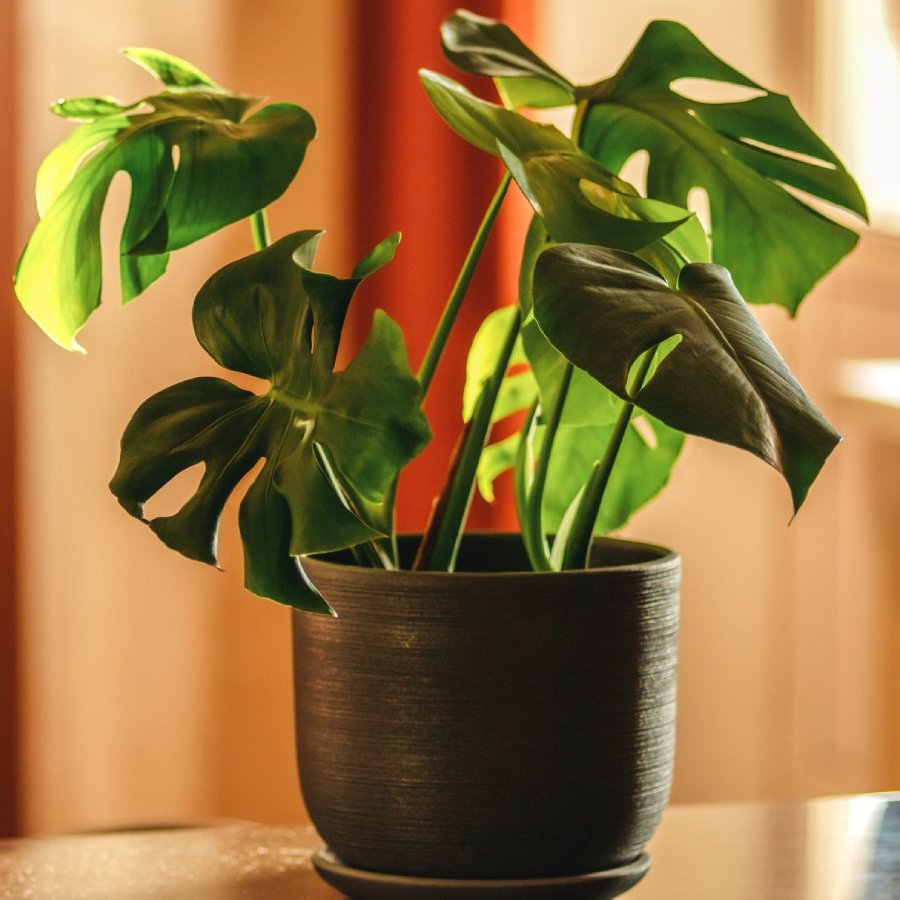 Monstera Deliciosa Flower - Growing Swiss Cheese Plant For Flowers And Fruit
Monstera Deliciosa Flower - Growing Swiss Cheese Plant For Flowers And FruitBy Amy Grant
-
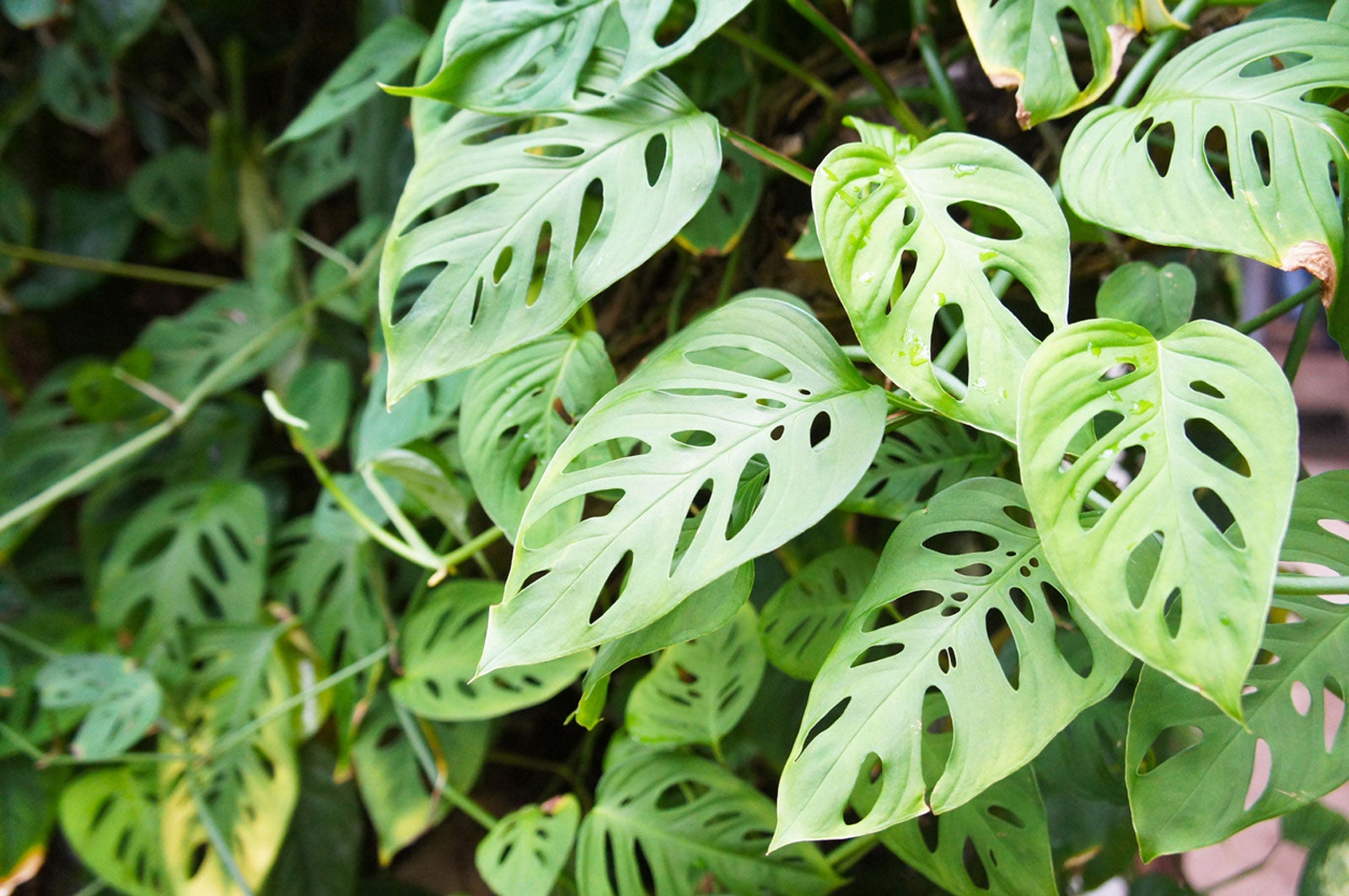 Adanson’s Monstera Plant Care: Tips For Growing A Swiss Cheese Vine
Adanson’s Monstera Plant Care: Tips For Growing A Swiss Cheese VineAdding interesting houseplants is just one of the many ways that growers can continue to nurture their love of growing in small spaces or throughout the winter months. Adanson’s monstera plant is unique and can instantly add visual interest to any room. Learn more here.
By Tonya Barnett
-
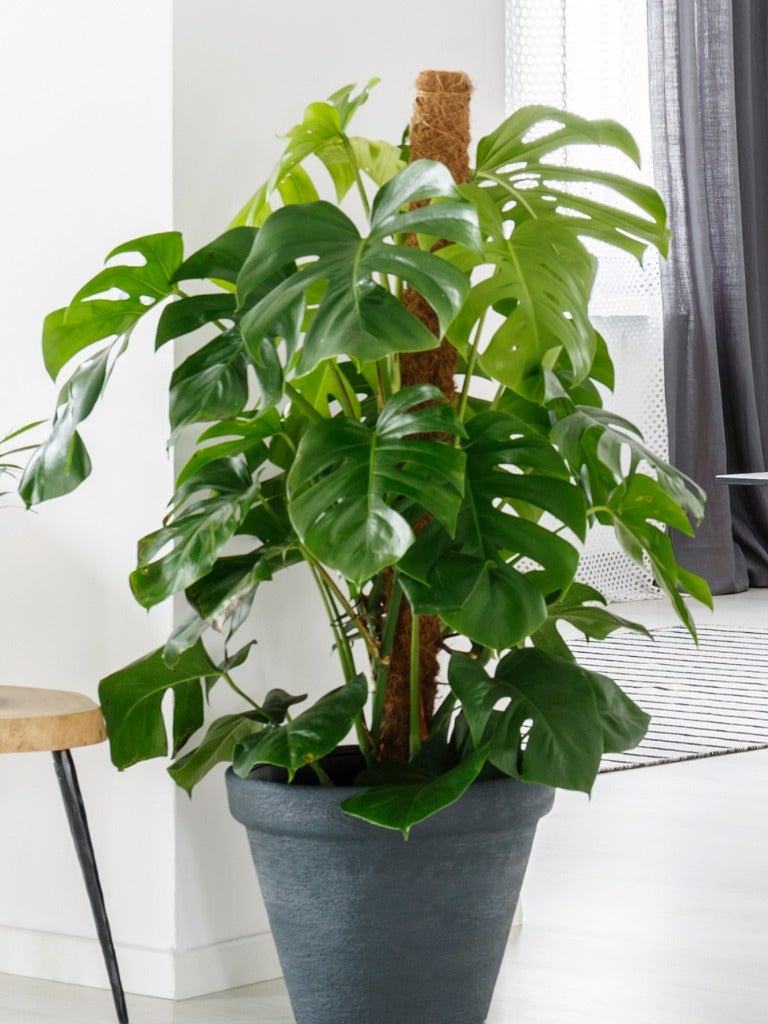 How To Use A Moss Pole On Your Monstera Plant
How To Use A Moss Pole On Your Monstera PlantA moss pole monstera is simply a Swiss cheese plant whose roots grow and attach to a moss-covered pole. Does this impressive plant need one of these? Yes! It’s an epiphyte that gets its nourishment from the surrounding air and water.
By Bonnie L. Grant
-
 Repotting Cheese Plants: How And When To Repot Monstera
Repotting Cheese Plants: How And When To Repot MonsteraSwiss cheese plants should be repotted every few years to ensure adequate soil nutrition and space. Learn how to repot a Swiss cheese plant in this article for a long-lived, healthy specimen that graces your home or office.
By Bonnie L. Grant